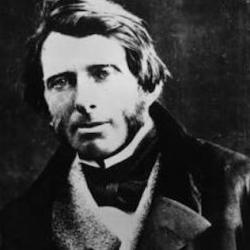Raphael is, we might think, a painter of abstract and ethereal scenes. Andrew Butterfield says in a review of a recent showing of Raphael’s drawings that this impression is due to our lack of direct exposure to Raphael’s work. Looked at up close, Raphael’s drawings reveal an artist obsessed with the depiction of emotion.
Butterfield admits that the emotional intensity in Raphael “has not always been easy to see before, given the bland paintings of the Madonna and saints he produced in his youth, and his frequent reliance on shop assistants in making his frescoes and altarpieces during his maturity. But the drawings show that throughout his career, from his start as a precocious teenager in provincial Umbria until his death at thirty-seven in 1520 when he was the most celebrated painter in Rome, he sought to portray the interior life of thought and feeling, and to do so with ever greater accuracy and power.”
The intensity doesn’t come through in paintings partly because Raphael suppressed it. Butterfield compares a drawing of an apostle’s face with the finished painting. In the painting, “the saint’s face appears much calmer and more remote; indeed, its emotional content is hard to discern, except in light of the preparatory drawing. It is an odd contrast: every line in the drawing seems calculated to heighten the sense of motion and emotion; and then in the painting this very liveliness is suppressed and made subservient to other, notionally loftier, goals.” Butterfield suggests that the young Raphael “believed that emotion was necessary but potentially indecorous in the completed paintings, where above all he sought a kind of platonic ideality, drained of earthliness and humanity.”
Earlier viewers recognized the passion in the paintings. In his biography of Raphael, Giorgio Vasari wrote of one painting: “In this scene one sees in the face of the priest who is saying Mass, which is glowing with a blush, the shame that he felt on seeing the Host turned into blood on the Corporal on account of his unbelief. With terror in his eyes, dumbfounded and beside himself in the presence of his audience, he seems like someone who knows not what to do; and one recognizes in the gesture of his hands the tremble of fear that one would have in similar instances.” Butterfield thinks the drawings, bringing Raphael close, help us to see his work through older eyes.















